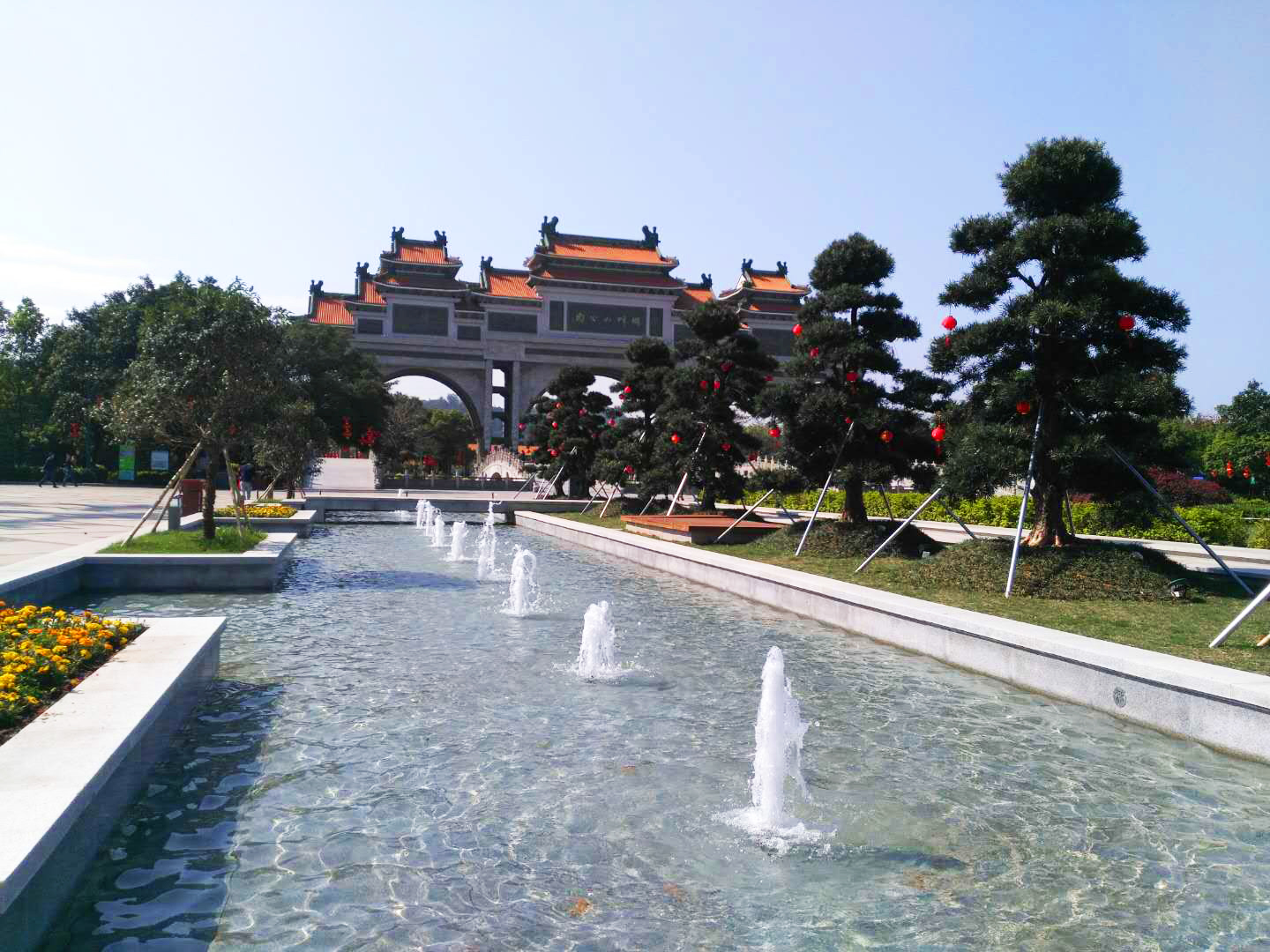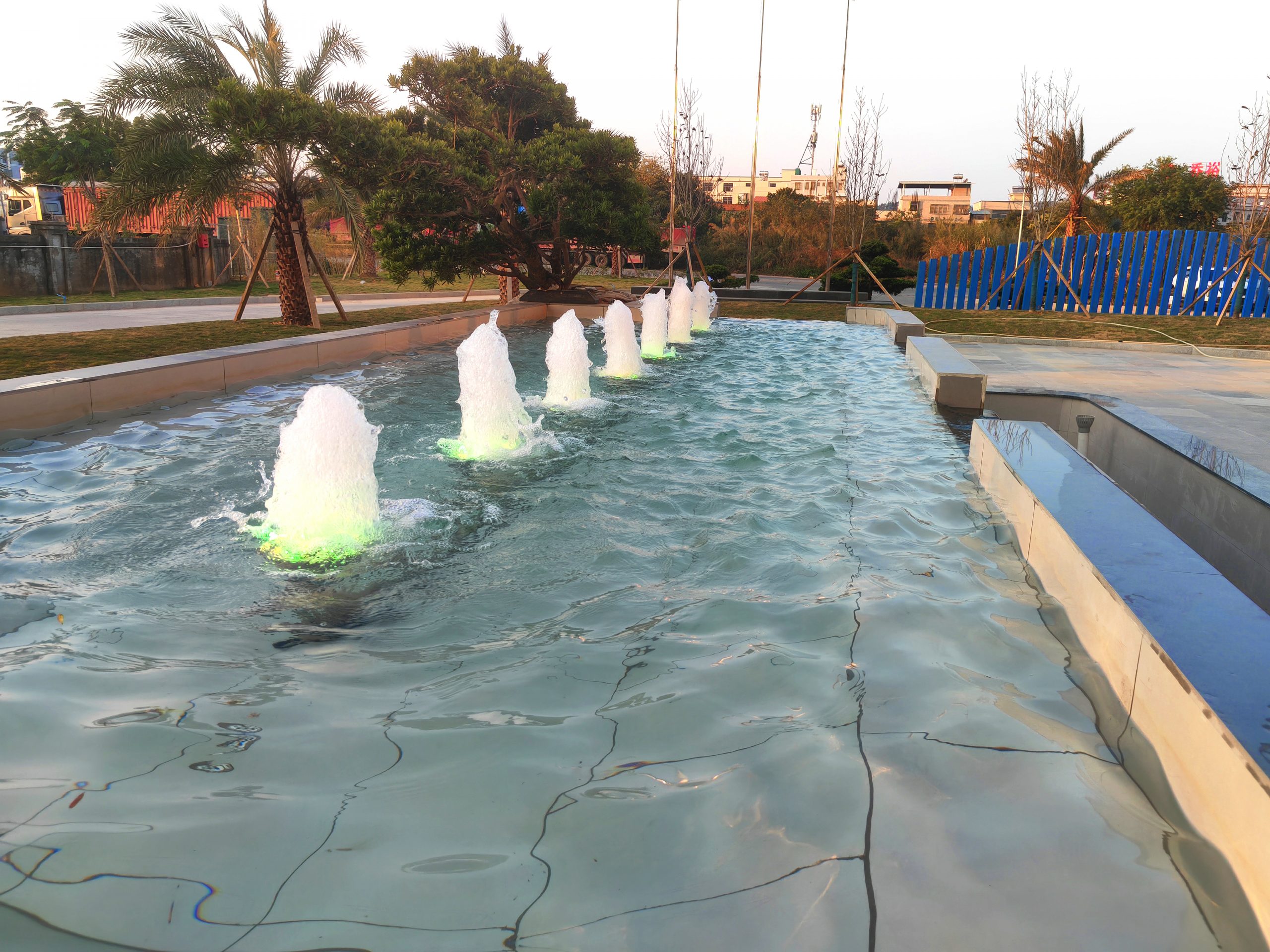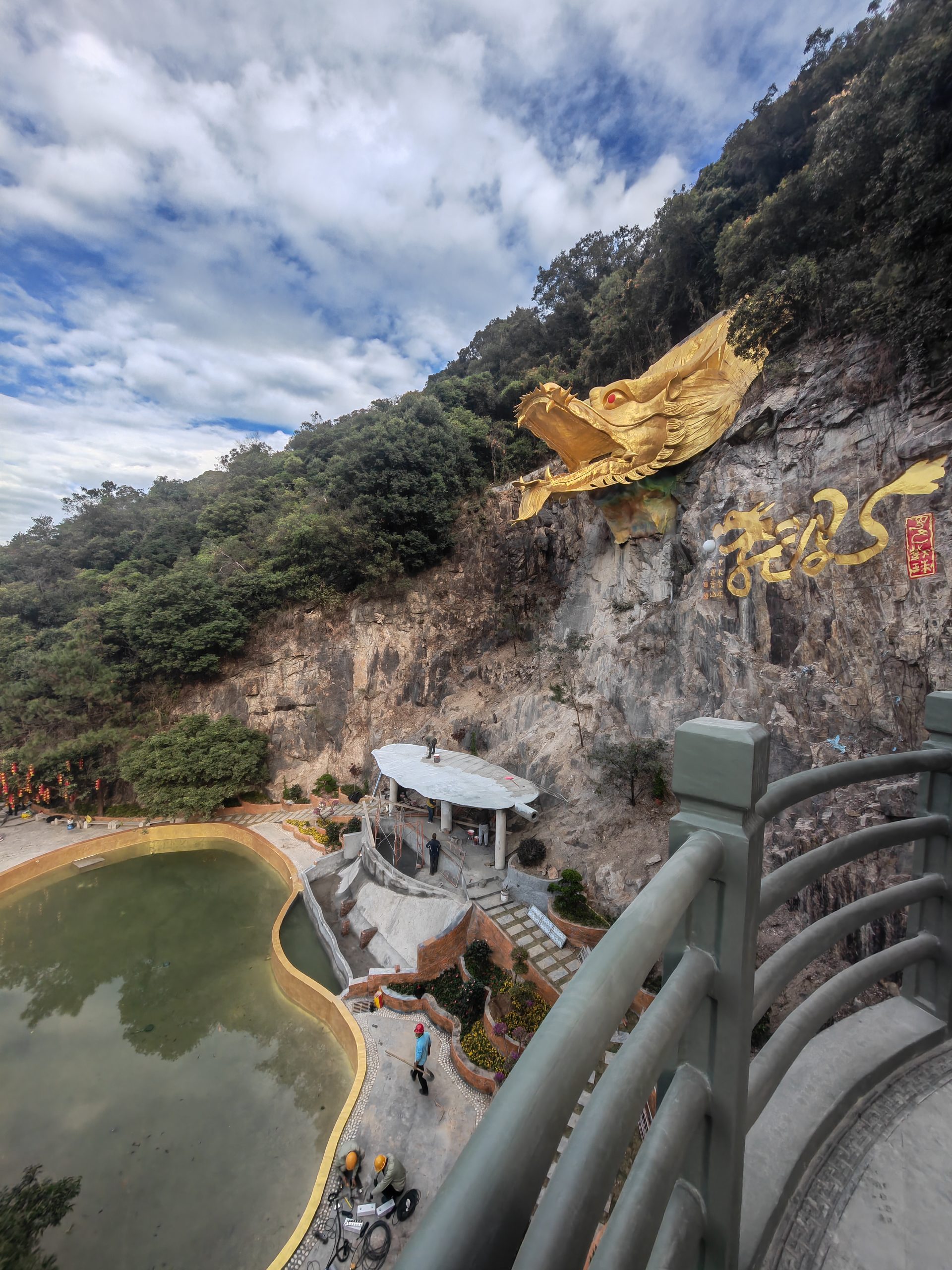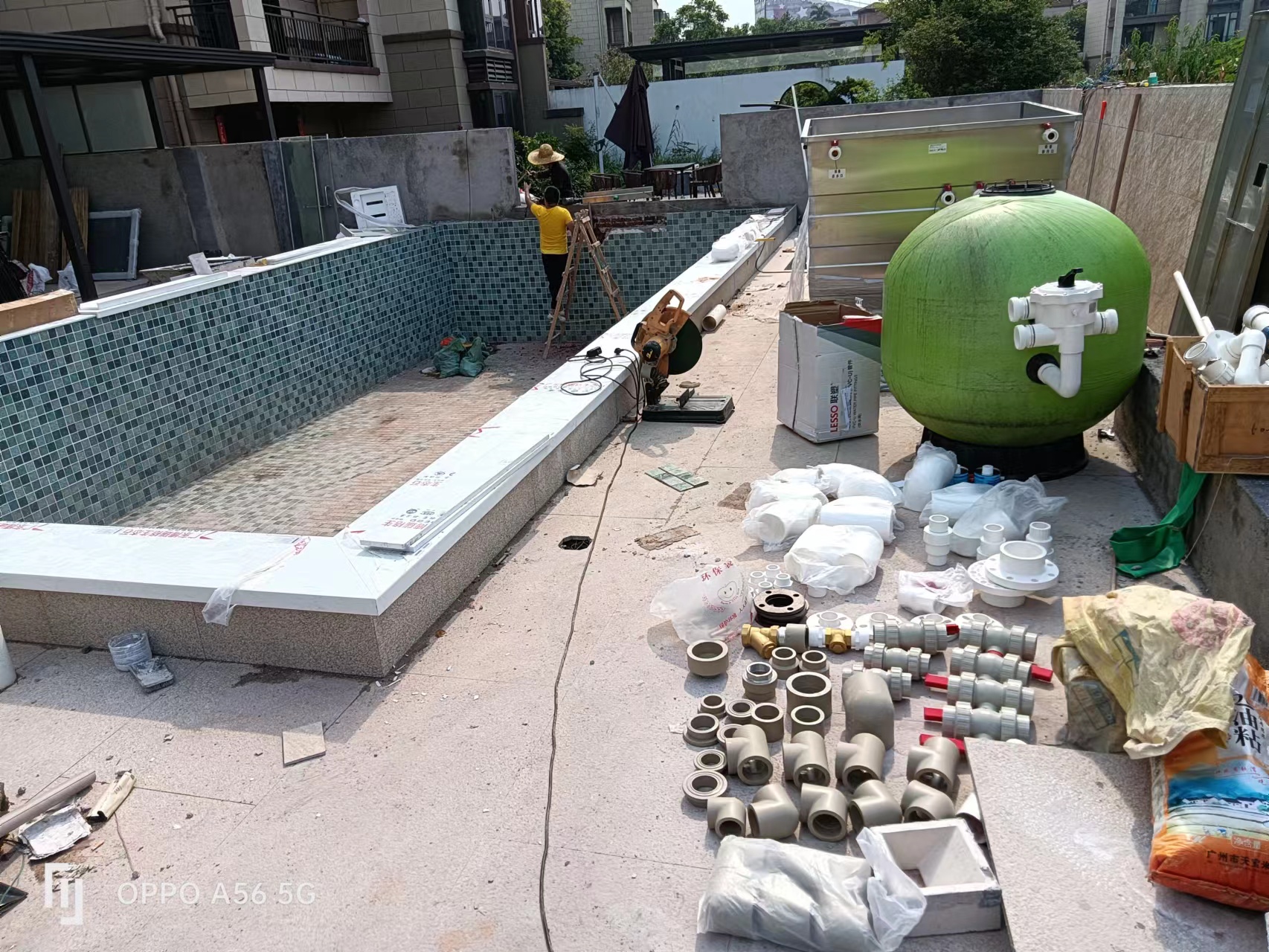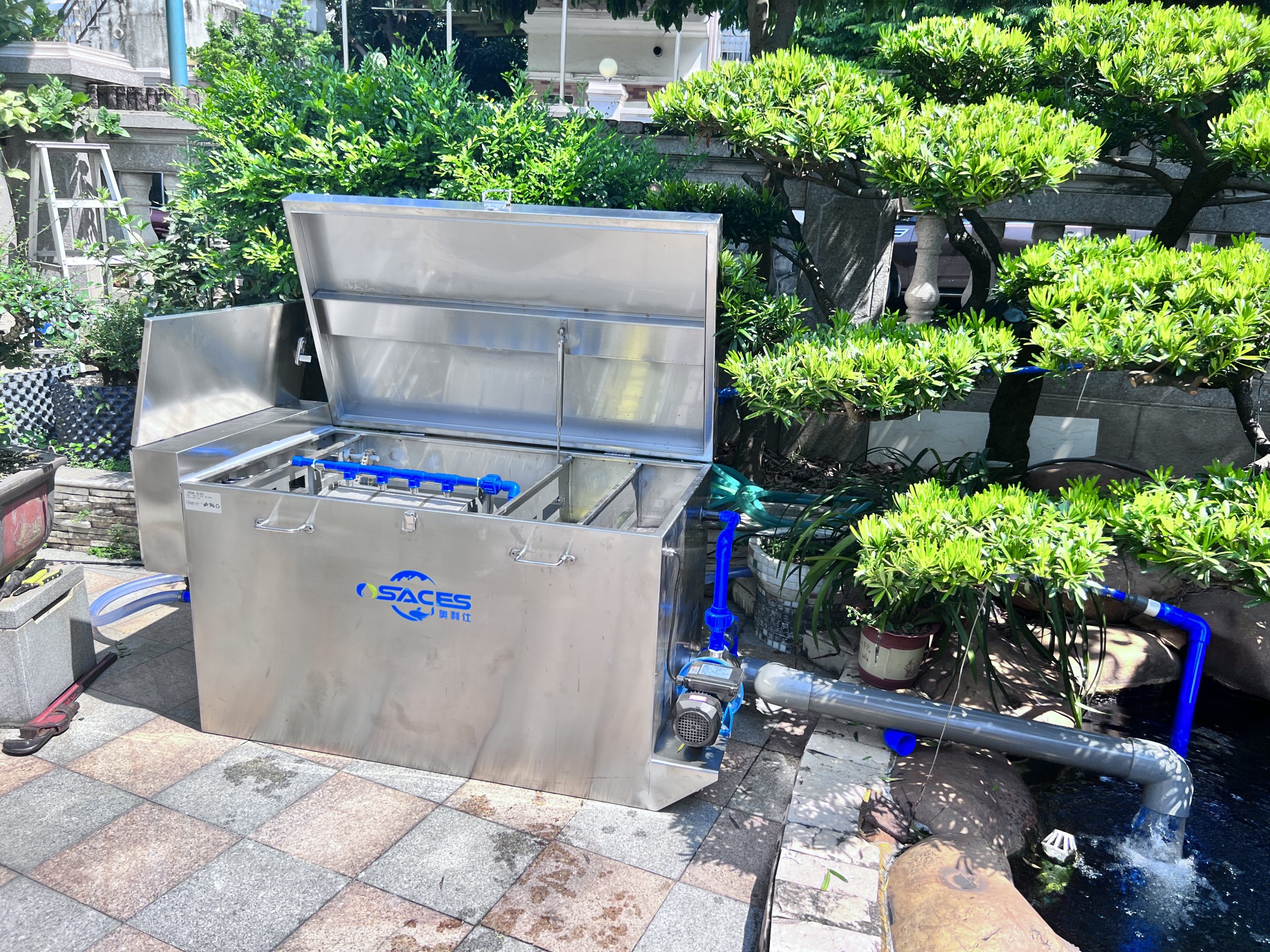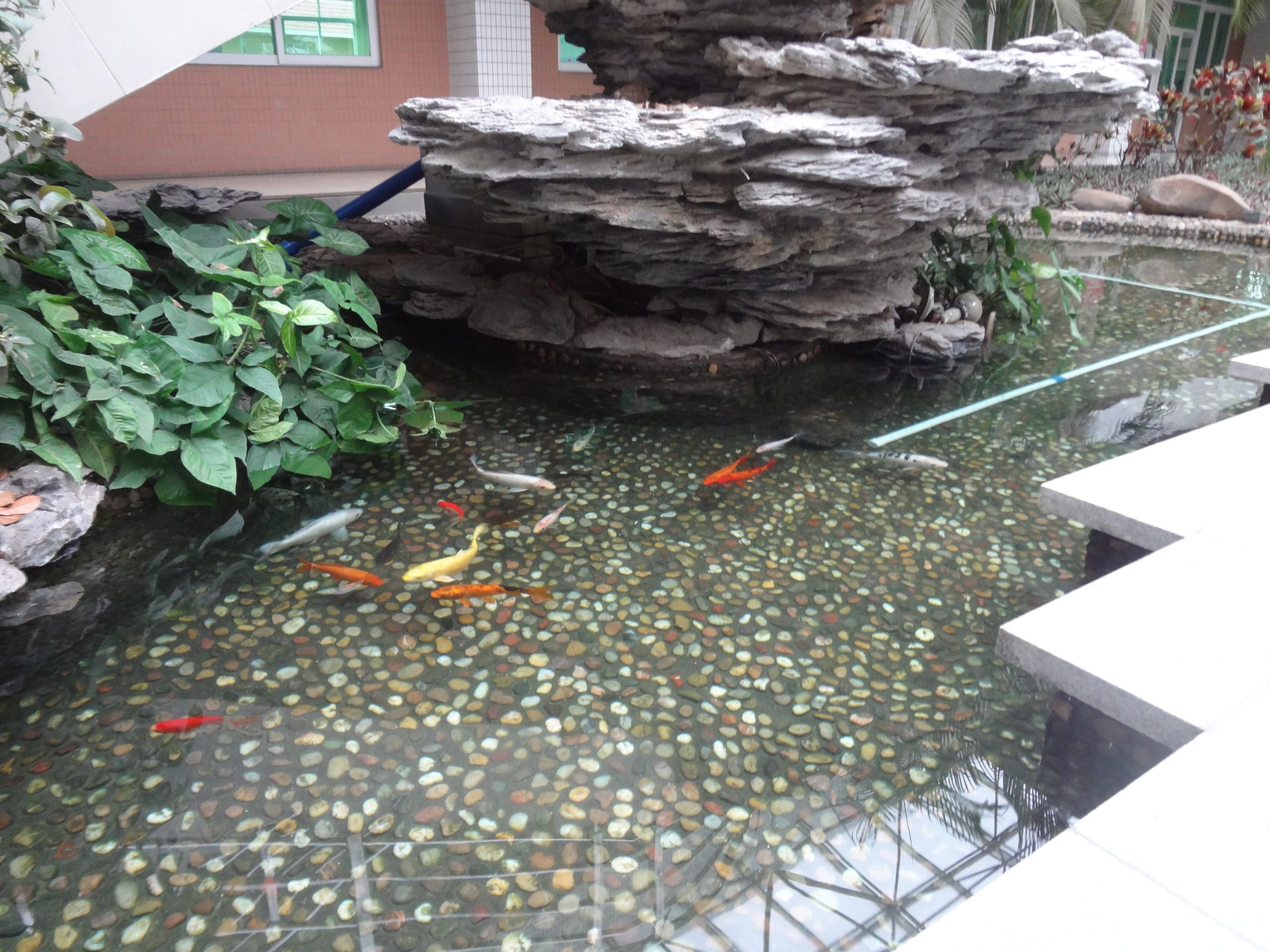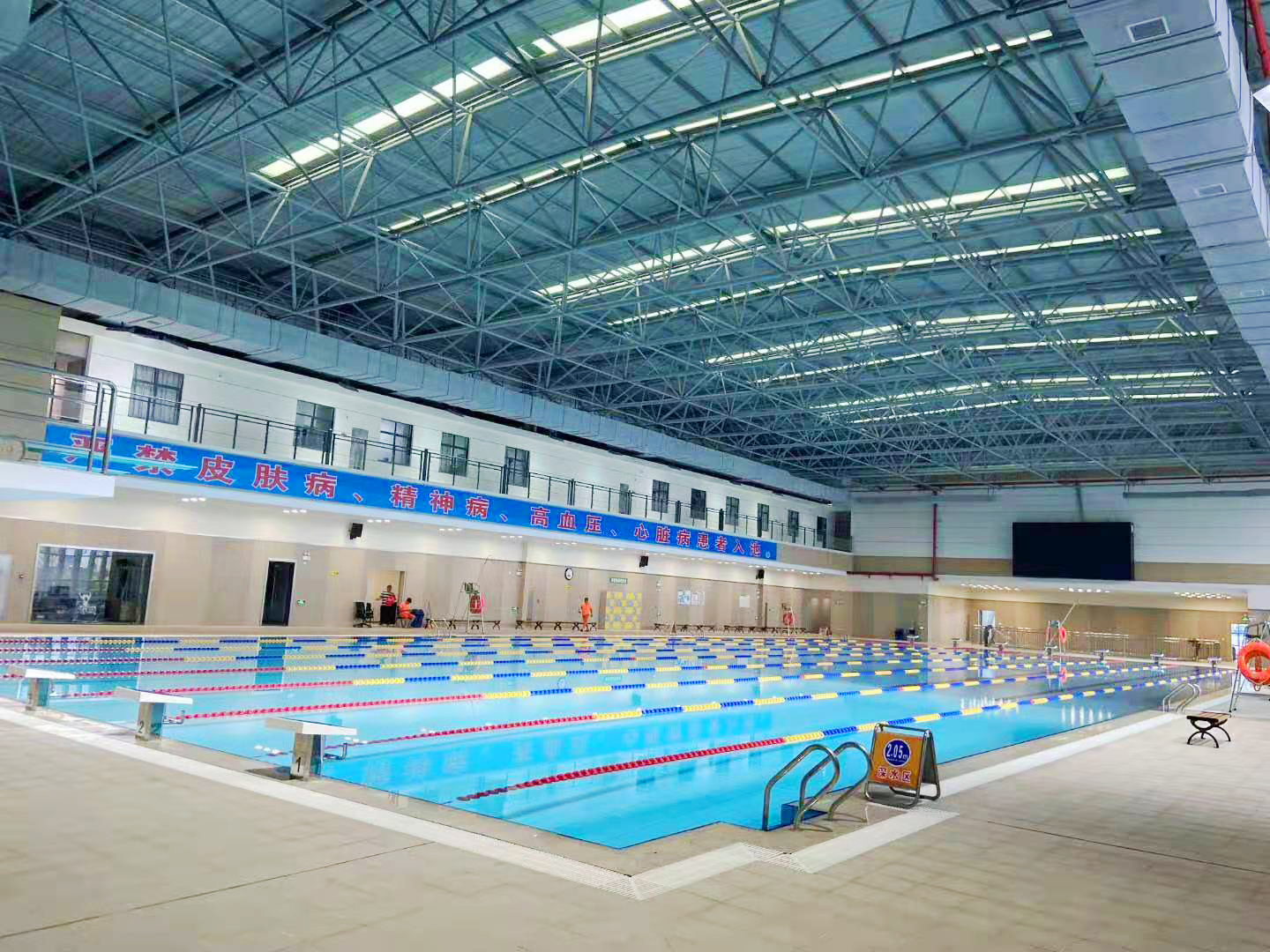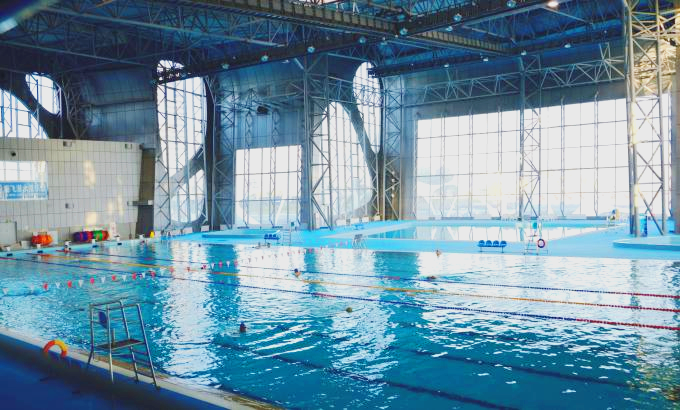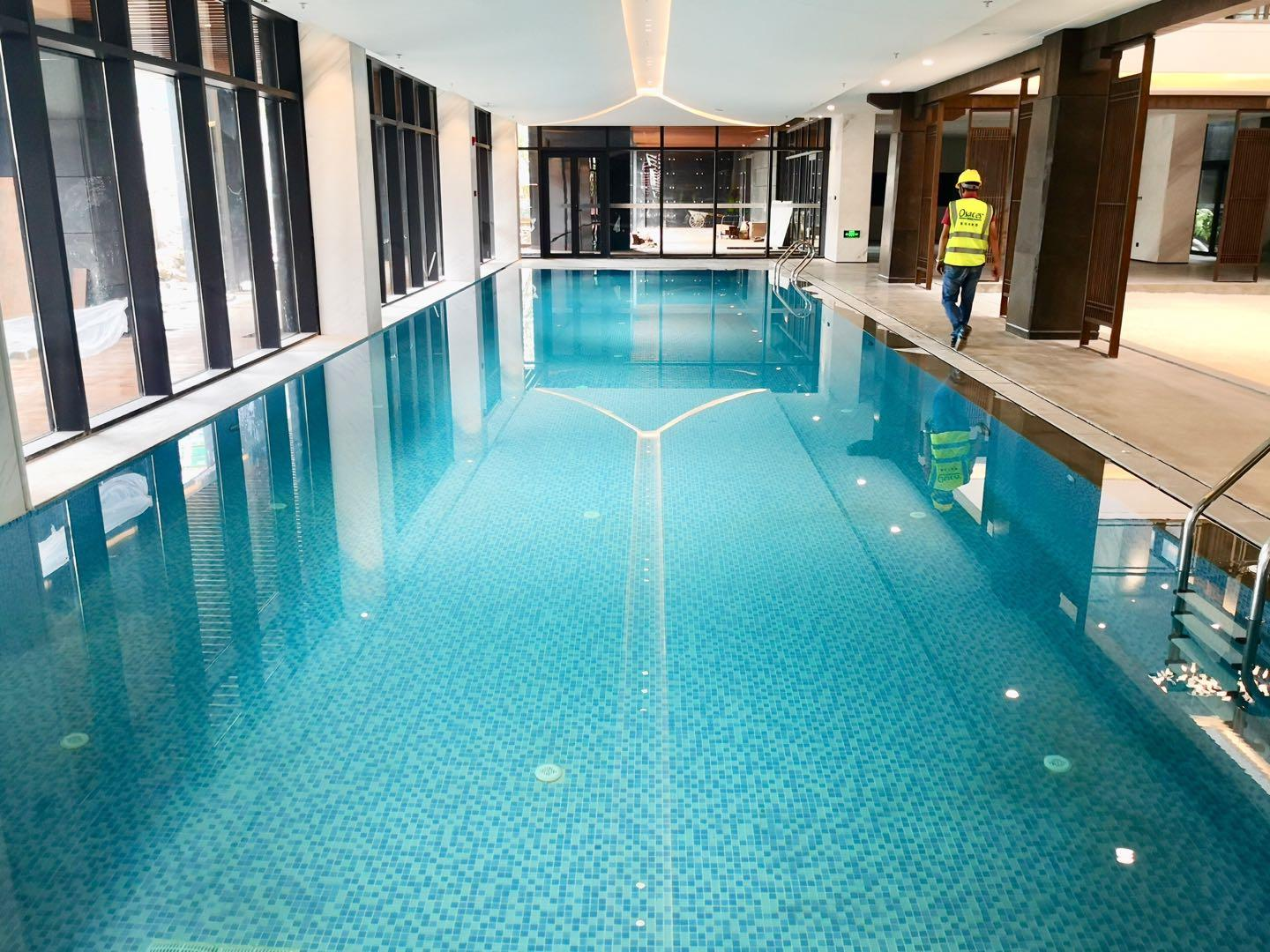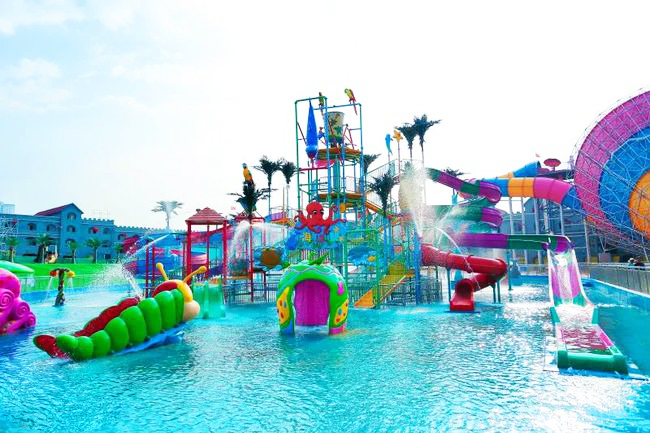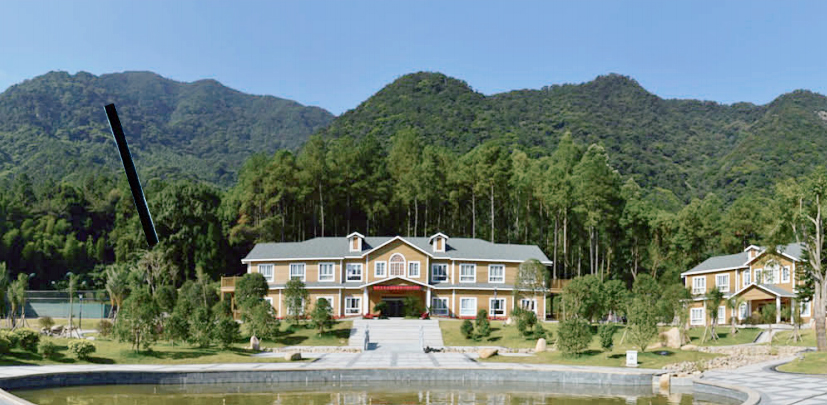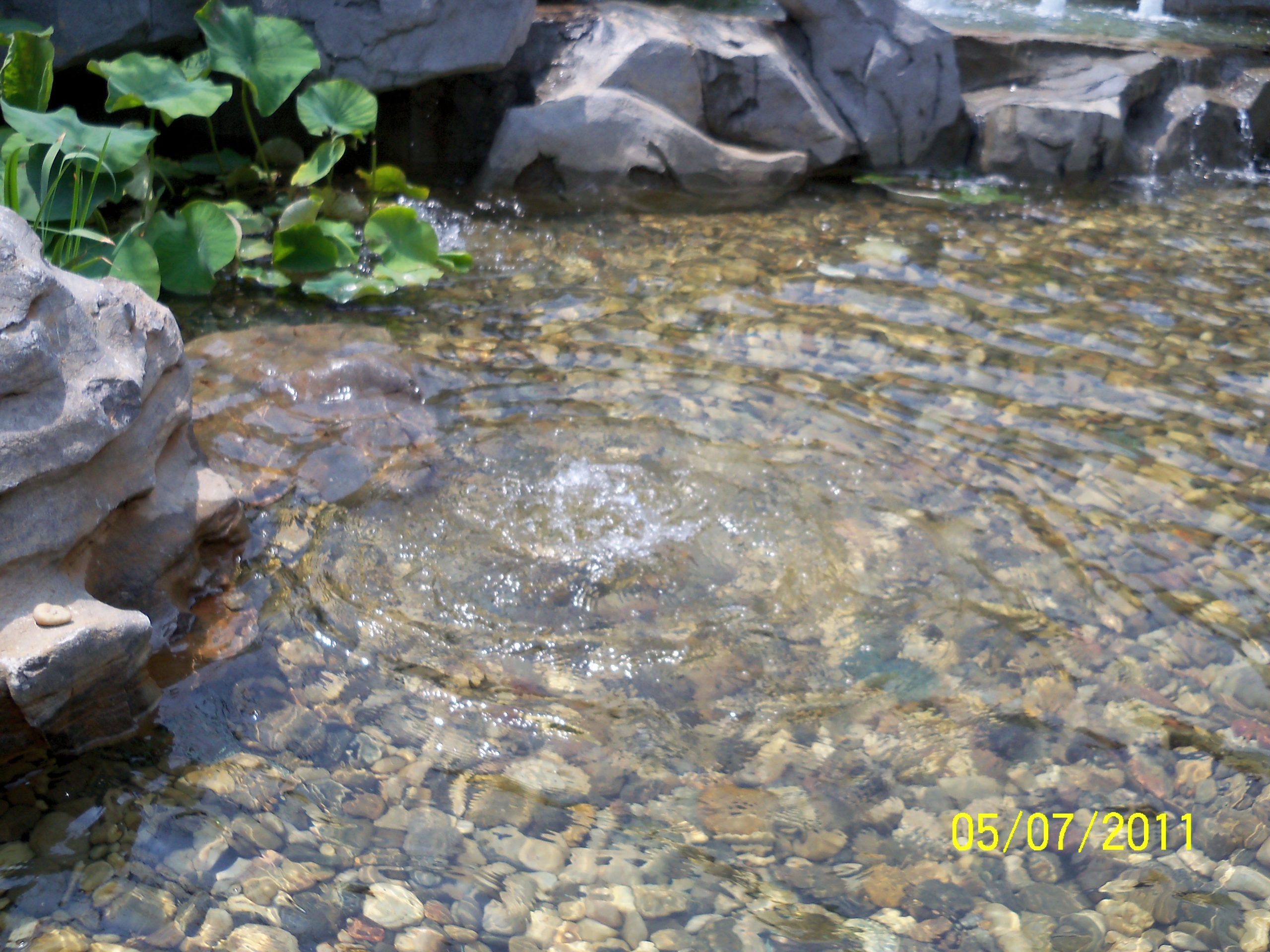common problems
contact details
 Ollies (Guangzhou) Recreation and Sports Equipment Co.
Ollies (Guangzhou) Recreation and Sports Equipment Co.Tel: (020) 82686289
Fax: 020-82694853
Headquarter: No.31-37, Xincun 2 Road, Shangjiang North Street, Dongzhou Village, Xintang Town, Zengcheng City, Guangzhou, Guangdong, China
The Fish Survival Code: 5 Life and Death Lines from Aquatic Toxins to Climate Crisis
As an important part of the aquatic ecosystem, the health of fish directly affects the ecological balance and fishery economy. The key elements affecting fish health are systematically analyzed below from multiple dimensions, including environmental factors, physiological mechanisms, and human intervention:
I. The determining role of the quality of the water environment
- Physical and chemical indicatorsThe water temperature fluctuation more than 3℃/day triggers stress response, such as rainbow trout feeding decreased 40% above 18℃; dissolved oxygen below 4mg/L carp metabolism is blocked, 3mg/L below the floating head deaths. pH beyond the range of 6.5-9.0, the mucus secretion of gill tissues increased 300%, which affects the efficiency of respiration.
- Pollutant toxicity: Ammonia nitrogen concentration of 0.02mg/L is toxic to fish fry, and nitrite at 0.1mg/L reduces the oxidizing capacity of hemoglobin.60%. Heavy metals in industrial wastewater, through bio-enrichment, can accumulate in the liver of crucian carp at a concentration up to 10^5 times the concentration in the water column.

II. Nutritional metabolism and disease prevention and control
- Precision Nutrition: Protein requirements in tilapia feeds ranged from 28-321 TP3T, with growth rates decreasing by 451 TP3T when deficient; vitamin C deficiency resulted in scale deformities increasing to 251 TP3T. overfeeding disrupted intestinal flora, and feed conversion rates decreased by 301 TP3T.
- Disease prevention and control system: Iridescent virus infection mortality rate of 90%, requiring a three-tier quarantine system (14 days pre-entry isolation and observation + PCR testing + prophylactic drug baths). Vaccine development has covered major economic fish species, e.g. the protection rate of grass carp hemorrhagic disease inactivated vaccine reaches 85%.
III. Key control points in culture management
- Density regulation modelThe optimal density for net-pen culture of greater amberjack is 15 kg/m³, and the rate of self-mutilation rises to 81 TP3T when it exceeds 20 kg/m³. The recirculating water system needs to ensure a complete water change rate of 2-3 times per hour.
- Stress factor management: The addition of 2‰ table salt during transportation reduces cortisol secretion 40%, and 72 hours after transit is the window period of immunosuppression, requiring multivitamin supplementation.
IV. Ecological cascade effects
Benthic biodiversity declined by 121 TP3T for each additional netting unit in offshore aquaculture areas, and the probability of disease outbreaks increased by a factor of 5 when sediment sulfide levels rose to a threshold of 300 mg/kg. Mangrove destruction reduced smolt shelters by 701 TP3T, directly affecting stock replenishment.
V. The emerging challenges of climate change
A 1°C increase in water temperature increased fish metabolic rates by 10-151 TP3T, and sustained high temperatures led to an increase in the rate of abnormal gonadal development in grouper by 201 TP3T. Acidification of seawater (pH drop of 0.3) caused otolith deformities in juvenile fish to reach as high as 351 TP3T, which severely impacted orienting ability.
Modern fishery health management needs to build a four-dimensional system of "real-time monitoring of water quality - precise nutrition supply - early warning, prevention and control of epidemics - ecological environment restoration". The application of Internet of Things (IoT) sensors can realize minute-level monitoring of ammonia nitrogen and dissolved oxygen, and together with big data analysis, it can predict the risk of diseases 72 hours in advance. Through the system engineering approach, the fish health management from passive treatment to active prevention and control, which is the core issue of sustainable development of aquaculture.
Related content
- Homeostatic regulation of fish pond water quality: a systematic solution based on nitrification kinetics and nutrient thresholds
- Koi Pond Maintenance and Protection Guide during the Rainy Season | The Veteran Driver's Handbook of Dampness and Disease Prevention
- Pool water circulation system maintenance guide, goodbye to cloudy water quality to create four seasons of translucent "liquid sapphire".
- From zero to professional: a complete guide to pool equipment configuration that even a beginner can understand
- The Golden Ratio of Swimming Pool Ventilation and Dehumidification Systems: The Balancing Act of Airflow, Humidity and Energy Consumption
- Specific benefits of dehumidifiers for new swimming pools
- Industrial solutions for fish pond water quality management: How to break through the bottleneck of traditional operation and maintenance of filtration systems?
